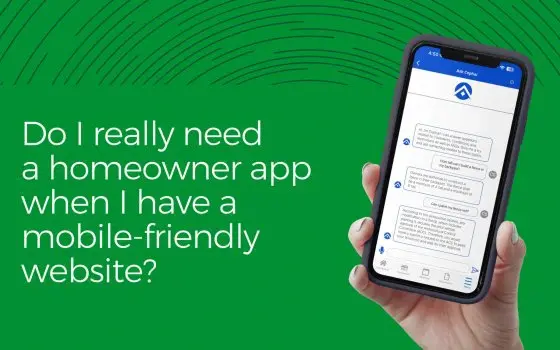
Top 4 Benefits of AI for Community Association Management
Read

First Look: Inside the Upcoming 2025 State of the Industry Report
Read

Prepare to Win in 2025: Key Considerations & Trends in Community Association Management
Read

AI at Bat: What Umpires, Baseball, and Data Security Can Teach Us About AI Risks - CINC Systems
Read

Do I really need a homeowner app when I have a mobile-friendly website? - CINC Systems
Read

The Call to Redefine Community
Read

CINC Systems Announces Launch of the 2024 State of the Industry Report
Read

CAM Leadership Institute’s Adam Balkcom Shares Predictions for 2024
Read

The Three Biggest Things You Missed at CINCUp 2023
Read

Millennials kill everything. Will HOAs be next?
Read

Why are so many HOA reserves underfunded? The answer might surprise you.
Read

HOAs are a viral hit – and not in a good way.
Read